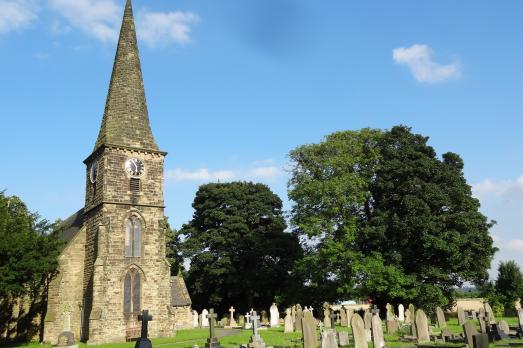
St Mark
Amcotts, Lincolnshire | DN17 4AL
Built in 1853 is currently housing three exhibitions; the Inclesmoor Embroidery Map, the forgotten village of Amcotts at Flixborough and the award winning Amcotts Butterfly Garden.
Search for a fascinating place to visit, or see the variety of churches, chapels and meeting houses we have supported.

Amcotts, Lincolnshire | DN17 4AL
Built in 1853 is currently housing three exhibitions; the Inclesmoor Embroidery Map, the forgotten village of Amcotts at Flixborough and the award winning Amcotts Butterfly Garden.

Garsdale Head, Cumbria | LA10 5PT
Mount Zion Chapel was opened in 1876, the same year in which the Midland Railway Company opened the famous Settle to Carlisle railway, serving the local community of railway employees and farmers.

Garsdale, Cumbria | LA10 5PQ
It is thought that two stone mason brothers built this primitive Methodist chapel and the adjoining 3 cottages in 1841, in what is now known as The Street.

Car Colston, Nottinghamshire | NG13 8JL
The oldest part of the church dates from the 13th century.
We have supported this church

Upton cum Kexby, Lincolnshire | DN21 5NQ
A jigsaw church of many periods, from Anglo Saxon to Victorian, the conspicuous herringbone masonry of the chancel walls probably dates from before 1066, whilst the round arched doorway is perhaps only a little later.

Corwen, Denbighshire | LL21 9BT
Extravagant private chapel of an arch Royalist who clung to the old ways.
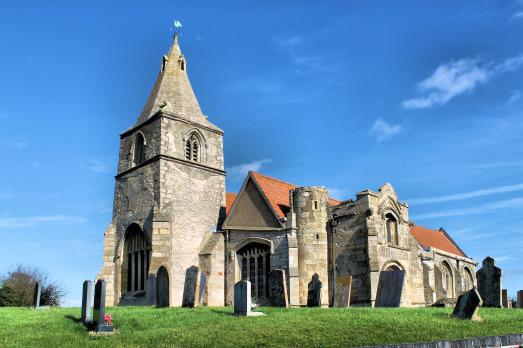
Holme, Nottinghamshire | NG23 7RY
Holme was a much more frequented place until the 16th century, when the River Trent changed course to leave it isolated on the eastern bank.
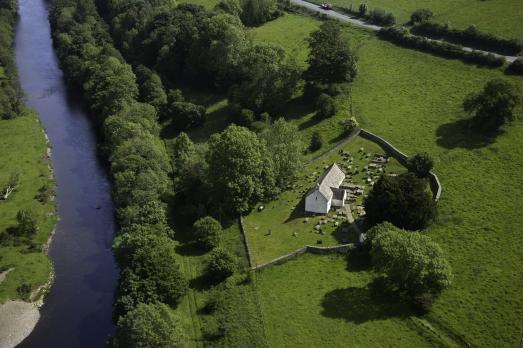
Llangar, Clwyd | LL21 9BT
The writing’s on the wall.
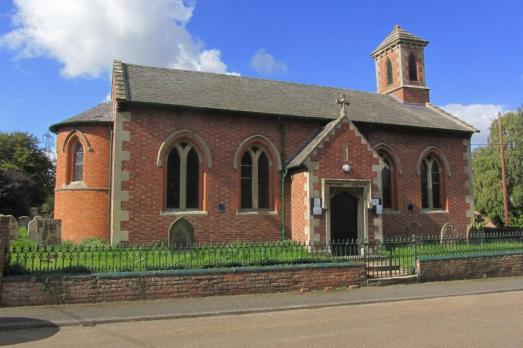
Besthorpe, Nottinghamshire | NG23 7BN
Holy Trinity was built in 1844 to replace an old chapel of ease, which had been built c1535.

Cartmel, Cumbria | LA11 6QD
Cartmel has been described as the medieval jewel among churches, making a lasting impression on the visitor, overshadowing the village as it does and giving an idea of the way early priories must have dominated their surroundings.
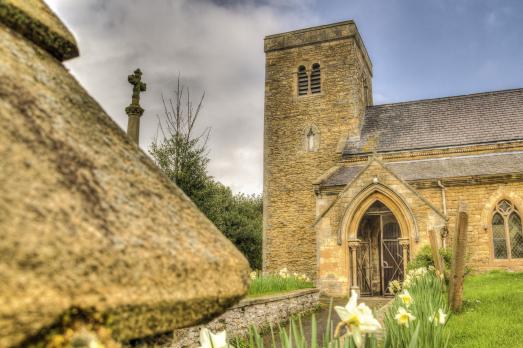
Springthorpe, Lincolnshire | DN21 5QA
The limestone parish church, which is dedicated to St George & St Lawrence, dates from the 11th century and restored in 1865. It is believed to be the only parish church in England to be dedicated jointly to these two saints.

Llanyblodwel, Shropshire | SY10 8NQ
Lovely church bursting with local history and a quirky architectural take on Gothic styling, truly a footprint in time.